The real reason your brand voice matters
Brand voice this, brand voice that. If you own a business, or work for a business in the marketing or sales space, no doubt you’re sick of hearing the new buzz phrase.
Except… it’s not a buzz phrase. Defining your brand voice is important, and not just for the nice pretty reasons that copywriters talk about all the time.
I could write a blog about the importance of having a brand voice for communicating your brand’s unique personality, but honestly? There are so many of those already on the internet. I want to give you some information that isn’t already duplicated 500,000 times with slight variations to avoid plagiarism.
Firstly, what is a brand voice?
Imagine your brand is a person. What would they sound like? Are they serious and professional, or quirky and fun? That's where a brand voice comes in - it's the personality of your brand. It's the way your brand communicates with your audience, the tone and style of your messages, and the language you use to connect with your customers.
And this great information to know, but what does that mean to you? I’m guessing not much. There are lots of fancy reasons that marketers love brand voices, but from my experience, business owners don’t really care about them at all.
Why should I care about having a brand voice?
Let’s talk about this straight, with no fancy words or unrealistic promises. Why should the every day business owner invest their precious resources into developing a brand voice?
I’m not going to talk about your social media feed, or even your website. The most important reason to have a defined brand voice is for your customer support. This includes emails, phone calls and even social media DMs.
One of the biggest reasons customers jump ship is because of inconsistent experiences. In fact, Forbes identified that 59% of customers will move on if they don’t know what to expect from a brand’s customer service.
And this makes sense, right? We’re all consumers, so we can empathise. No one enjoys talking to a support or admin team to fix a problem and getting different answers every single time.
It’s also tough for your employees. Let’s look at Centrelink, who have perhaps the biggest customer service consistency problem in Australia. Centrelink employees say that the impact the lack of direction from the organisation has on customers is “soul crushing.”
So, how can we keep our customers happy and our workers comfortable? By having clear guidelines.
Communication guidelines outline not only what to say, but how to say it. Your employees may have a solid understanding of your products or services. Those in customer support could probably recite your refund policy in their sleep. But the main ingredient here is the way they communicate this to your customers.
Having it laid out clearly means that all your employees know the correct flavour to use in their communications. Whether it’s a full-timer answering the phone, or an intern responding to an Instagram DM, your customers will have a consistent experience.
And consistency is crucial for building long lasting relationships with your customers. Human beings are naturally apprehensive of the unknown, so you don’t want to scare them off with unpredictable (or worse, disappointing) experiences.
Customers are more likely to stay repeat customers if your employees understand the most aligned way to resolve issues. Sure, your hold waiting time may have been too long for their liking, but did the person who answered the call wow them with their customer service wizardry?
This is particularly important when you consider the fact that increasing customer retention by only 5% can more than double your profits.
So. what did we learn today? Defining your brand voice is important, not for just the fluffy stuff like website banners and social media, but for the really important stuff like customer and employee retention.
Convinced, but not sure where to start? Get in touch today to have a chat.
